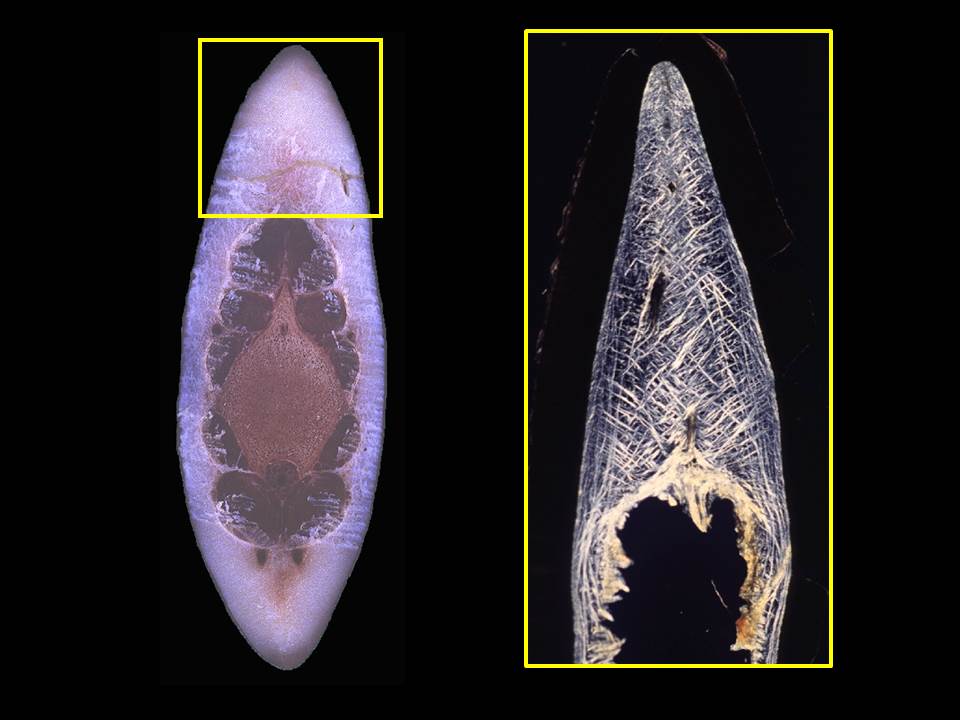Thermal and biomechanical functions of cetacean blubber
D. Ann Pabst
Biology and Marine Biology, University of North Carolina Wilmington, NC 28403, USA
Cetaceans are naturally ‘obese’ mammals that invest 17-45% of their total body mass in lipid. Most of that lipid, though, is found within a single tissue – blubber. Blubber, the hypertrophied, lipid-rich hypodermis of the cetacean integument, functions in thermoregulation, buoyancy control, and metabolic energy storage. Blubber is also a pliant biocomposite, formed by organized structural fibers embedded within an incompressible adipocyte matrix, which sculpts the streamlined body shape and undergoes large, reversible deformations during swimming. The thermal properties of blubber depend upon its thickness, and the class (triacylglycerides vs. waxes) and quantity (percent wet weight) of its lipids. The mechanical properties of blubber depend primarily upon the composition, orientation, and volume fraction of its structural fibers. The buoyant force of blubber depends upon its density and volume – functions of both its lipid and structural fiber composition. These morphological and compositional features of blubber change across ontogeny and transitions in reproductive and nutritional status – and they influence blubber’s thermal and mechanical functions. We will investigate blubber’s thermal and buoyant properties across a diversity of cetaceans, from the shallow diving bottlenose dolphin (Tursiops truncatus) to the deepest diving of all air-breathing vertebrates – the beaked whales (Mesoplodon spp.). We will examine how blubber’s composition, and thermal and buoyant properties, vary across ontogeny in the bottlenose dolphin. Finally, we will explore the structural fiber morphology of the caudal tailstock blubber of the harbor porpoise (Phocoena phocoena) and discover that, as a structural adipose tissue, it is unaffected by severe, and ultimately lethal, nutritional stress.









You must be logged in to post a comment.